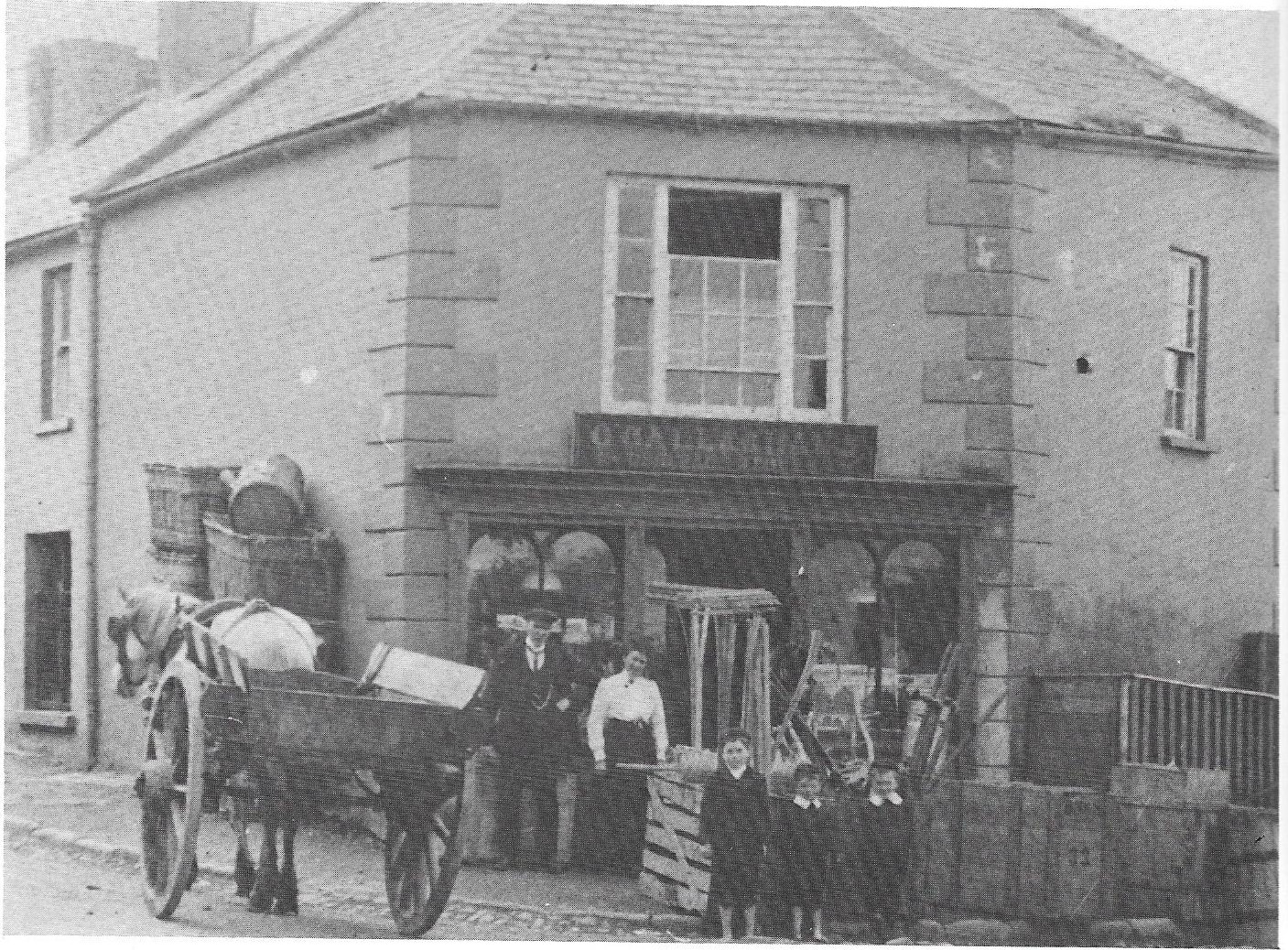
- THE WATERLOO PRIEST 1779 in Cockhill, Buncrana. He was one of the most colourful clergymen who served in Inishowen. As a nephew of Bishop Charles O’Donnell, he was marked out for the priesthood. Before he was ordained, he accepted a commission in the British Army and served in the Peninsular Wars. Locals called him the “Waterloo Priest” because he was on the continent at the time of the Battle of Waterloo in 1815. He journeyed through the parish of Clonmany on his horse. A campaigner against tithes (a tax), he found himself in Lifford jail for a short period. With a passion for education, he built five schools in the parish. Two letters written by him have recently come to light in a Carndonagh archive. Writing to the Board of Guardians of Carndonagh workhouse from Straid on 12 May 1847, in a letter marked “Confidential”, he launched a scathing attack on the Relieving Officers. He accused them of misrepresentation in relation to the degree of hunger in Clonmany. This resulted in some of the deserving poor being refused assistance, even though they experienced, in his words, “utter destitution”. In a second letter, he reported on a meeting of the Famine Relief Committee in Ballyliffin in which he highlighted the level of distress in the area. He was a member of the Relief Committee and donated £25 for relief of the poor – a huge sum in those days. Very few of his writings have survived so the signed letters provide a rare insight into the Great Famine in Clonmany parish.
- THE LANIGAN WAR OF INDEPENDENCE DIARIES: The Lanigans, drapers, grocers and spirit merchants, ran a prosperous business in the Diamond in Carndonagh. They donated their property to the church and thus an entrance was created at Donagh Café which provided access from the Diamond to the church. The site is marked by a plaque in memory of their philanthropy. James Lanigan kept notes on his activities in the War of Independence and his name is mentioned in Liam Diver’s THE DONEGAL AWAKENING (p 221). His personal accounts, in a private archive, have never been published and contain exclusive information on the history of the War of Independence in Inishowen.
- THE MERCY CIBORIUM: (Ciborium – a vessel for holding Communion). According to folklore from well-informed sources, dating from 1895, this Ciborium came from the friary at Donegal Town which was blown up during the Nine Years War which ended in 1603. The monks fled, taking valuable silver plate along with them, including the Ciborium, as they went into hiding. The Ciborium was on display in the Convent of Mercy, Carndonagh, until it closed down. Today, nothing is known of its whereabouts but it is probably in use in a church. Where?
- THE DONAGH BELL: The monastery in Carndonagh was one of the most celebrated in Donegal, having been founded by St. Patrick. At an Inquisition in Lifford in 1609, there is a reference to the Keeper of the Donagh Bell. The Donagh Bell, as used in services, was donated to the Royal Irish Academy, Dawson St., Dublin in 1853 by John C. Deane, a Relieving Officer at the workhouse. He found it in a pawnbroker’s shop in Carn, probably traded for food during the Great Famine. Later, the Museum of Science and Art, now the National Museum, placed it on exhibition. The last Keeper was Philip McColgan, who died in the 1870s. Record keeping was not as good as it is today and the Donagh Bell can no longer be traced. Where is it now? The Bell of Cloncha monastery is still retained in the parish at Culdaff. Seán Beatt
(A full account of St. Patrick’s journey through Donegal and arrival in Carndonagh will be published in Donegal Annual 2020, due in July 2020, and written by a Professor of History in Oxford University. Details later on donegalhistory.com).
Seán Beattie, Donegal Historical Society, Culdaff. Please share; for reference, cite ww.historyofdonegal.com.

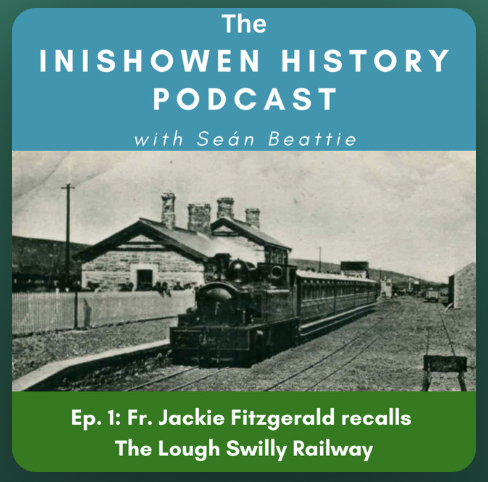
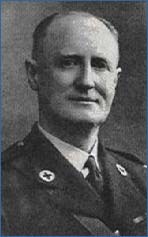
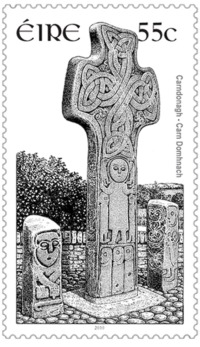
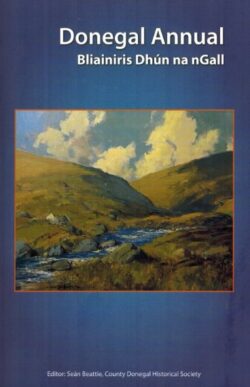
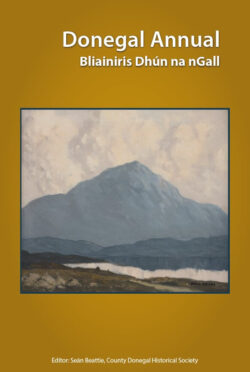
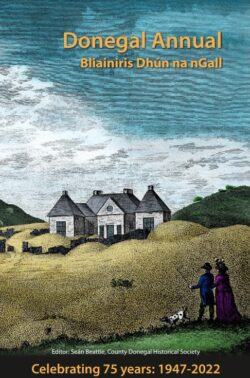
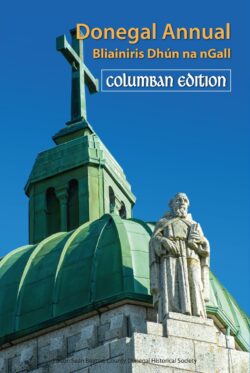
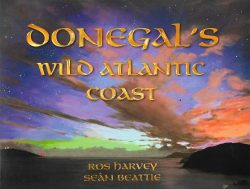
Leave a Reply